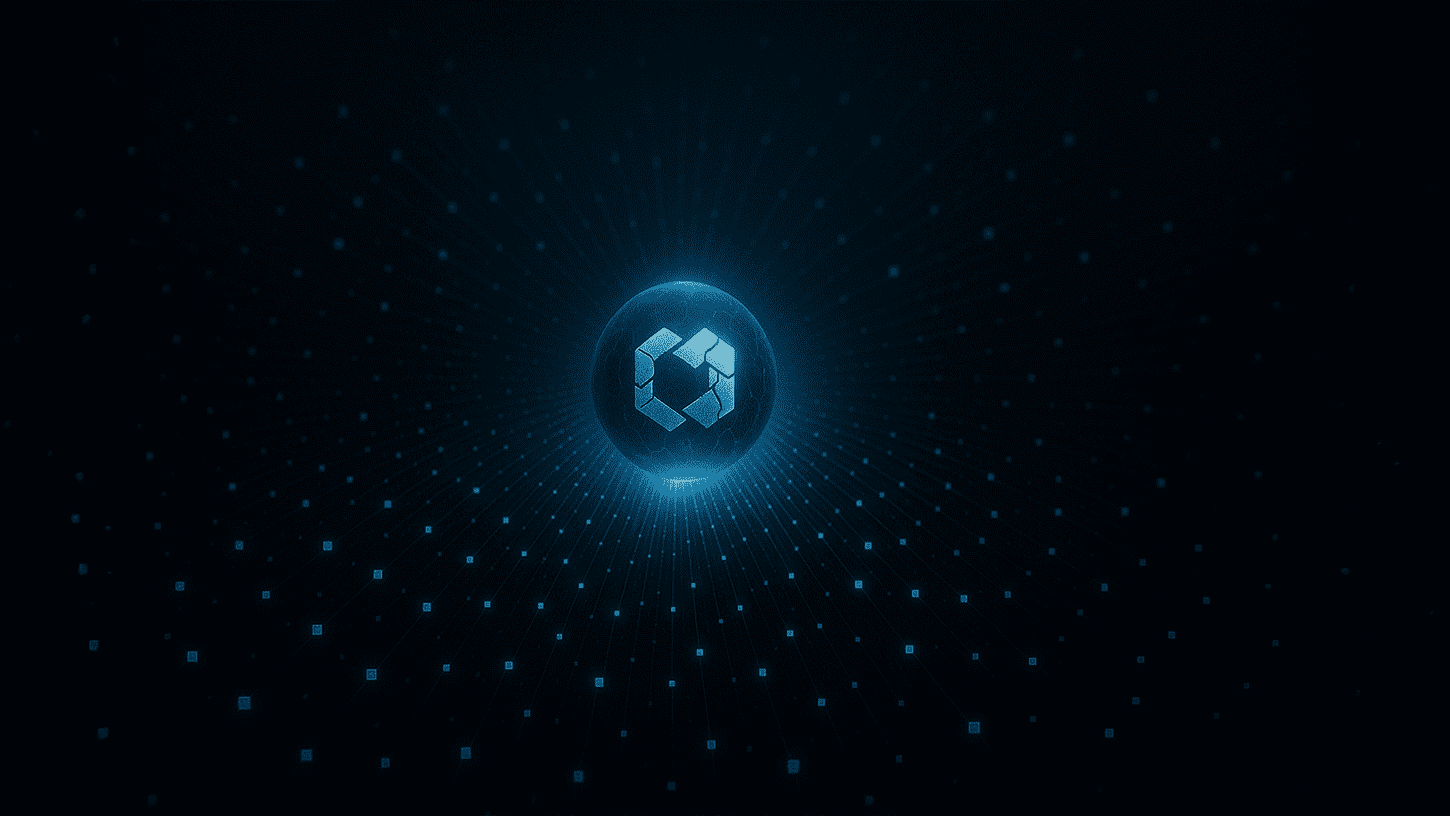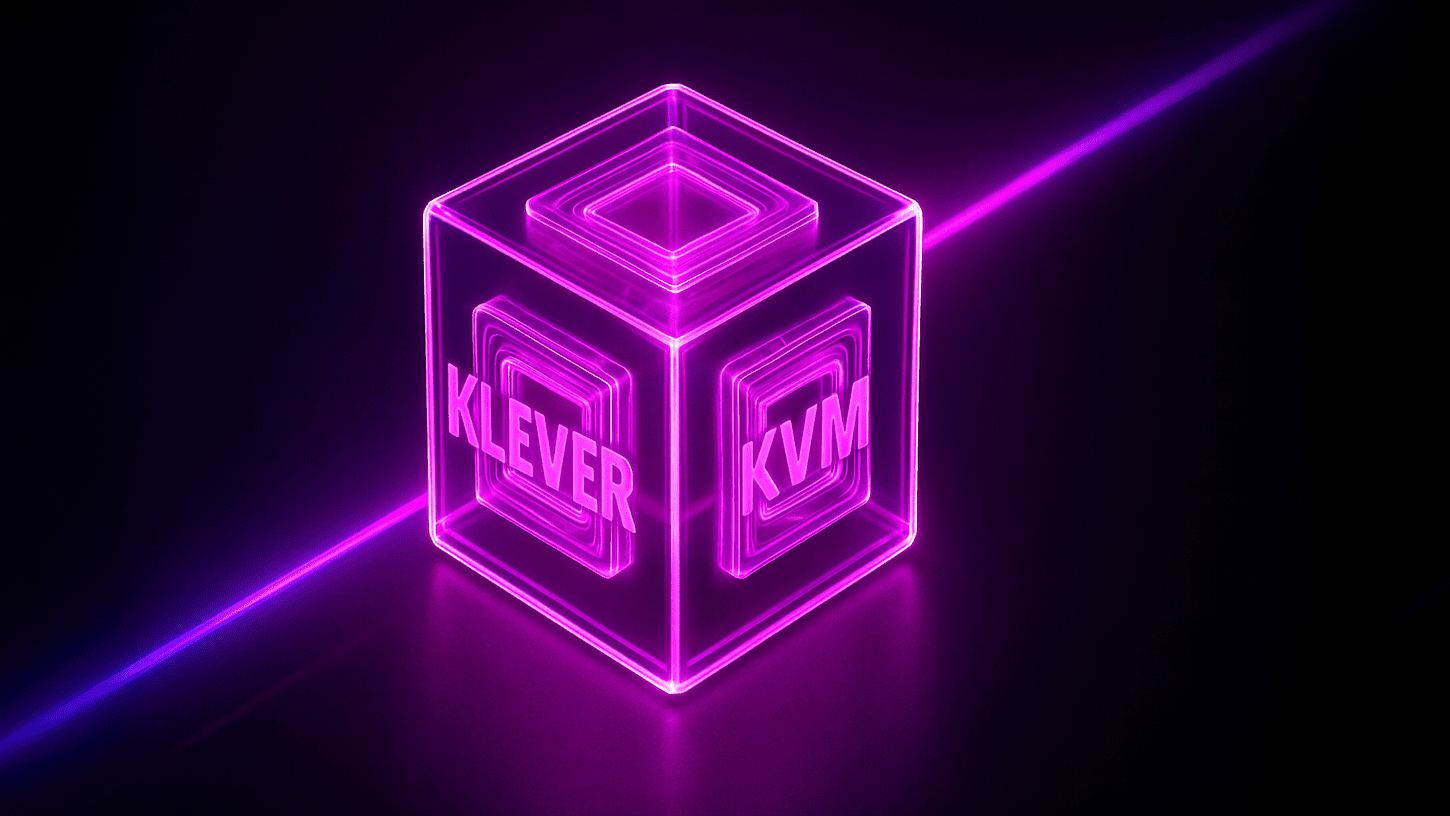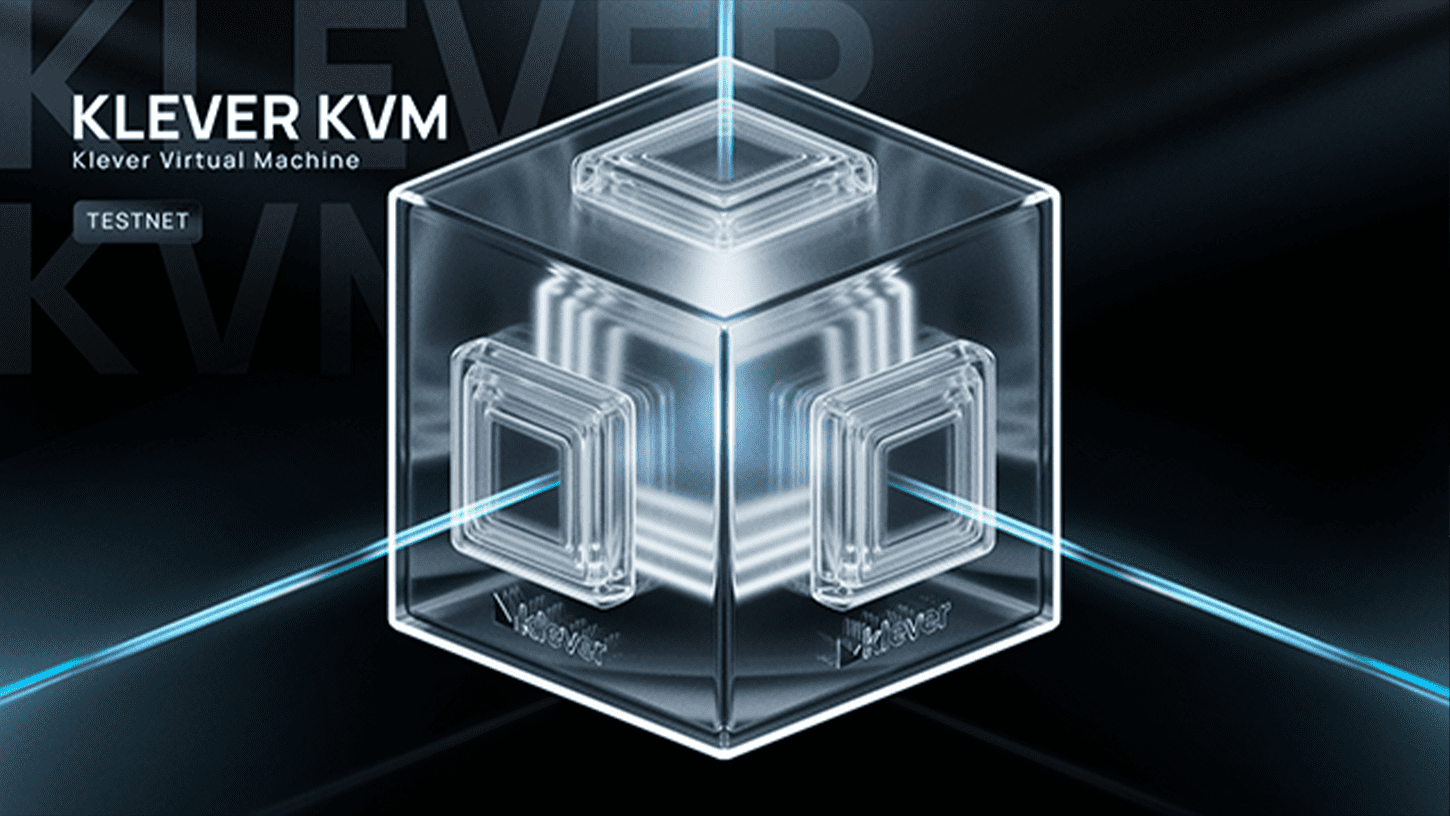DeFi That Thinks: Thirdfy’s AI-Driven Vision for the Base Chain
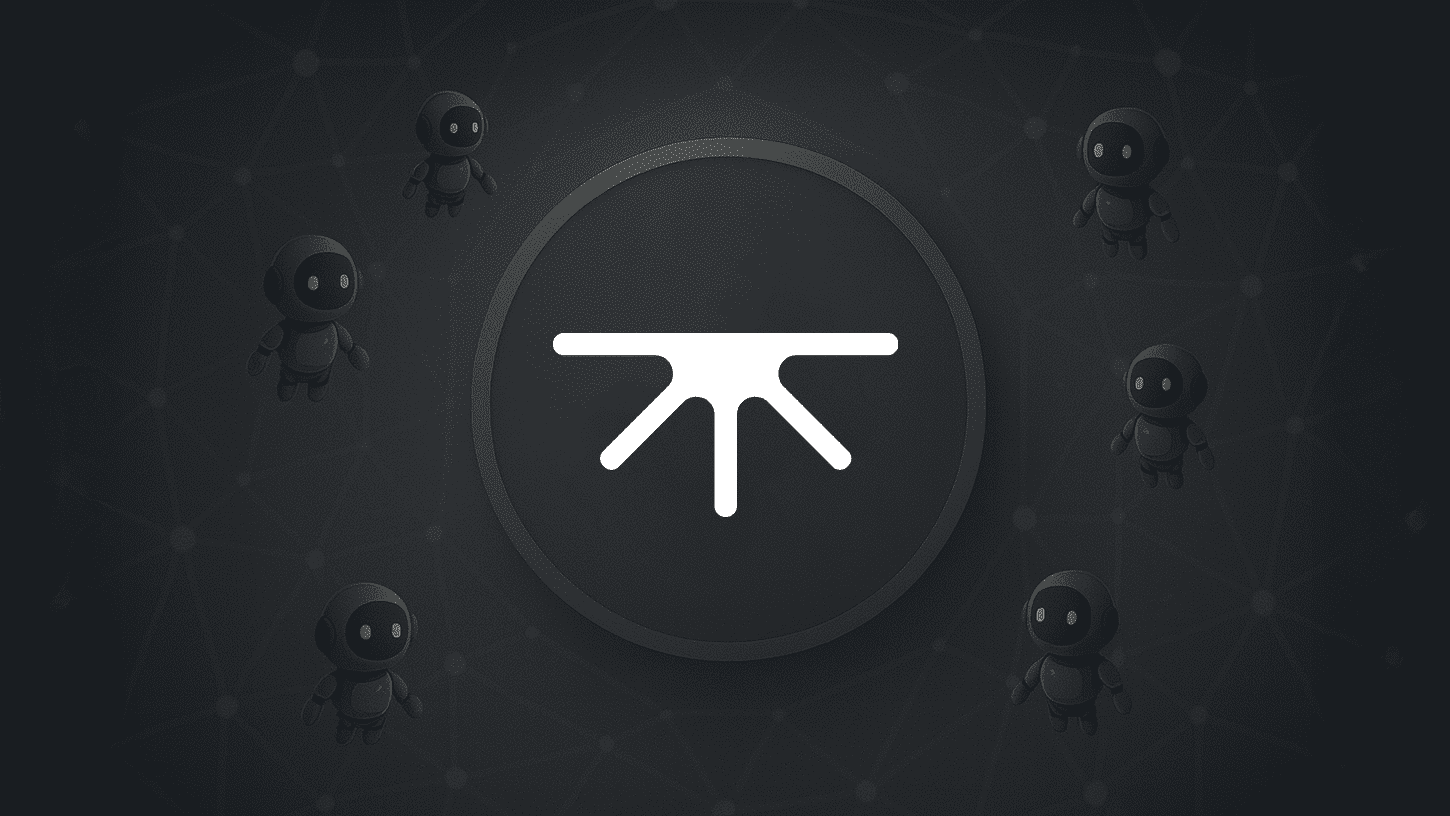
Is AI the missing key to unlocking mass DeFi adoption? Thirdfy thinks so.
Decentralized finance has always promised liberation from centralized systems, but that freedom has come with a steep learning curve. Complex user interfaces, high gas fees, and protocol sprawl have alienated the very users DeFi set out to empower. Thirdfy, a new protocol building on Coinbase’s Base Layer 2, is aiming to flip that narrative with a bold claim: DeFi should think for you.
Backed by a sharp pedigree, Felipe Rieger, a former Klever Foundation builder responsible for projects like Bitcoin.me (formerly Klever Exchange) and the Klever NFT Platform, now leads Thirdfy, which is live on Base Sepolia Testnet. AI is not just a feature here, it’s the foundation of the platform’s user experience.
But is this simply a case of attaching “AI” to a DeFi platform for hype, or could Thirdfy be a legitimate turning point in the evolution of decentralized finance?
The Intelligence Layer: From Clicks to Agents
Thirdfy is not just integrating a chatbot for support. Its core design hinges on AI agents that can act on behalf of users, optimizing yield strategies, executing trades, and managing liquidity pools autonomously. These agents, powered by OpenAI and Anthropic large language models, interact with over 100 on-chain tools to carry out DeFi operations in real time.
What sets this apart is the introduction of a Model Context Protocol (MCP), a standard designed to guide how these agents operate within smart contracts. Transparency and security are at the forefront here, which is crucial as AI becomes more integrated with financial infrastructure.
In theory, this means your DeFi strategy is no longer a hands-on juggling act. You define the parameters, and the AI handles execution with precision and adaptability.
From Power Users to Passive Participants
While DeFi is technically open to all, it hasn’t always been accessible in practice. Thirdfy addresses this challenge directly with a user experience tailored to both beginners and experienced traders.
The platform supports advanced liquidity management through Algebra Integral v4, while also offering automated vault strategies via ICHI, enabling passive users to engage without deep technical knowledge.
Onboarding is further simplified through features like gasless transactions, social login options, and non-custodial wallets. This approach reduces friction for new users and opens the door to broader adoption. Rather than building another DEX, Thirdfy is rethinking how decentralized finance can be presented, consumed, and understood.
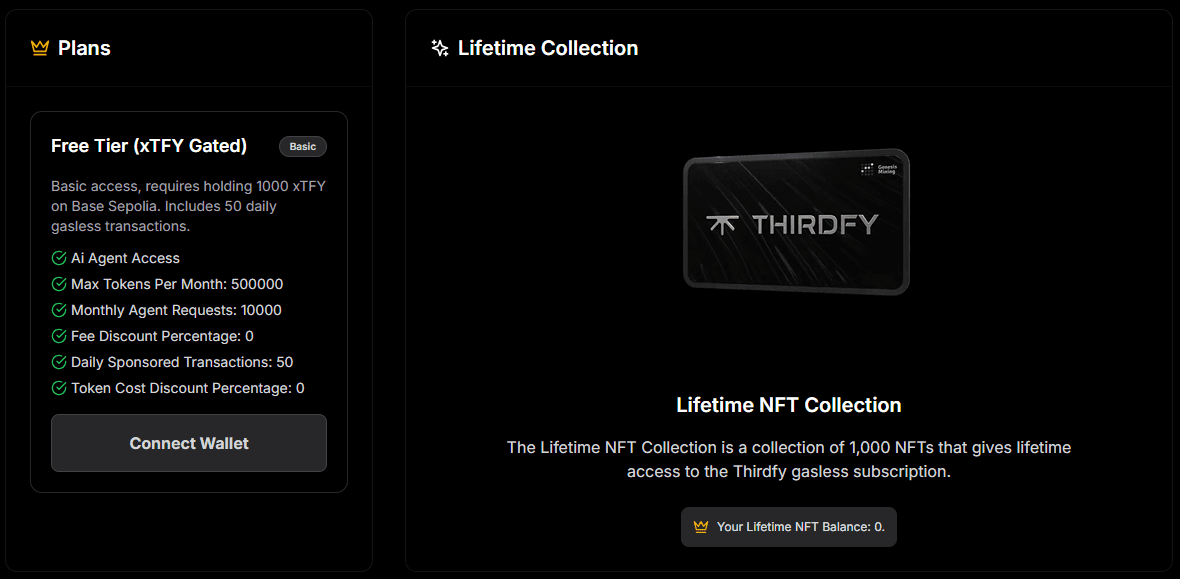
This combination of hands-off automation and manual control creates a dual-track experience where casual users and experts can coexist, each operating at their own level of engagement.
Tokenomics Reimagined: The o(3,3) Model
If AI is the brain of Thirdfy, its o(3,3) incentive system forms the economic backbone. Inspired by game-theory mechanics seen in protocols like OlympusDAO, this model revolves around three interdependent tokens: TFY, xTFY, and o33.
- xTFY enables access to governance and protocol rewards. Holders can stake their tokens to receive revenue-based rebases and participate in weekly Gauge Voting to direct emissions toward specific liquidity pools.
- o33 functions as a liquid staking vault, automatically compounding rewards from protocol revenue, exit penalties, and incentive structures.
Together, these mechanisms support a dynamic yet transparent ecosystem, allowing users to actively participate in both growth and governance. Revenue Governance, another critical layer, gives the community power to vote on how income from AI fees, trading activity, and vaults is distributed or burned. This level of financial control strengthens trust in the protocol’s long-term sustainability.
The system is clearly designed with scalability in mind. However, the sustainability of Olympus-style mechanisms has been debated in crypto circles, and Thirdfy will need to demonstrate how it can adapt to market volatility without overexposing its tokenomics to short-term speculation.
Verdict: A New AI-Powered DeFi OS or Just Another Buzzword Stack?
Thirdfy’s ambition extends beyond launching a new DeFi tool. Its vision is to build a new kind of operating system for decentralized finance – one that integrates AI, rewards responsible participation, and supports users across the spectrum.
There are real risks in this approach. Relying on AI to handle financial strategies raises questions about model accuracy, on-chain security, and ethical design. However, the opportunity is equally significant.
If Thirdfy succeeds, it could become the protocol that translates complex DeFi operations into simple choices, executable by voice, text, or click. It may even mark the beginning of a financial interface that feels less like trading and more like intelligent delegation.
In a space saturated with copycat projects and short-term farming schemes, Thirdfy is aiming to build something more foundational. It is not only presenting a product but proposing a shift in how we engage with money on the blockchain.

